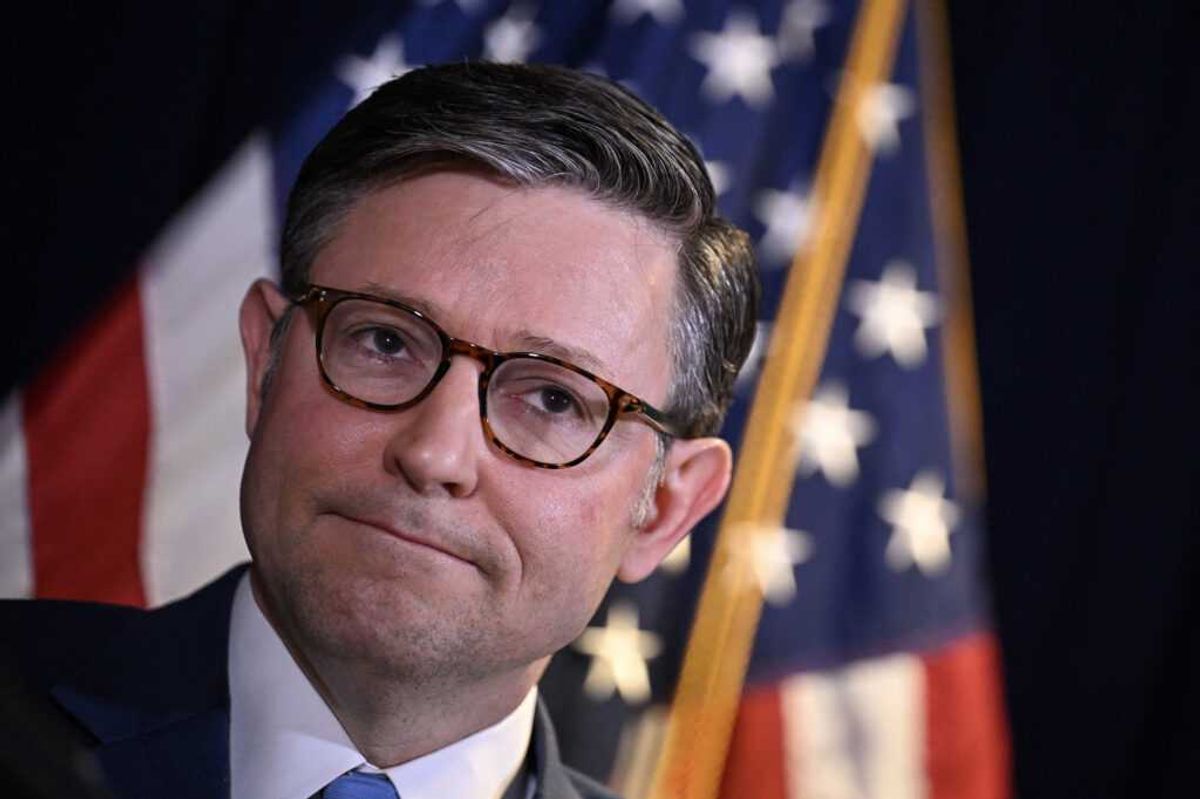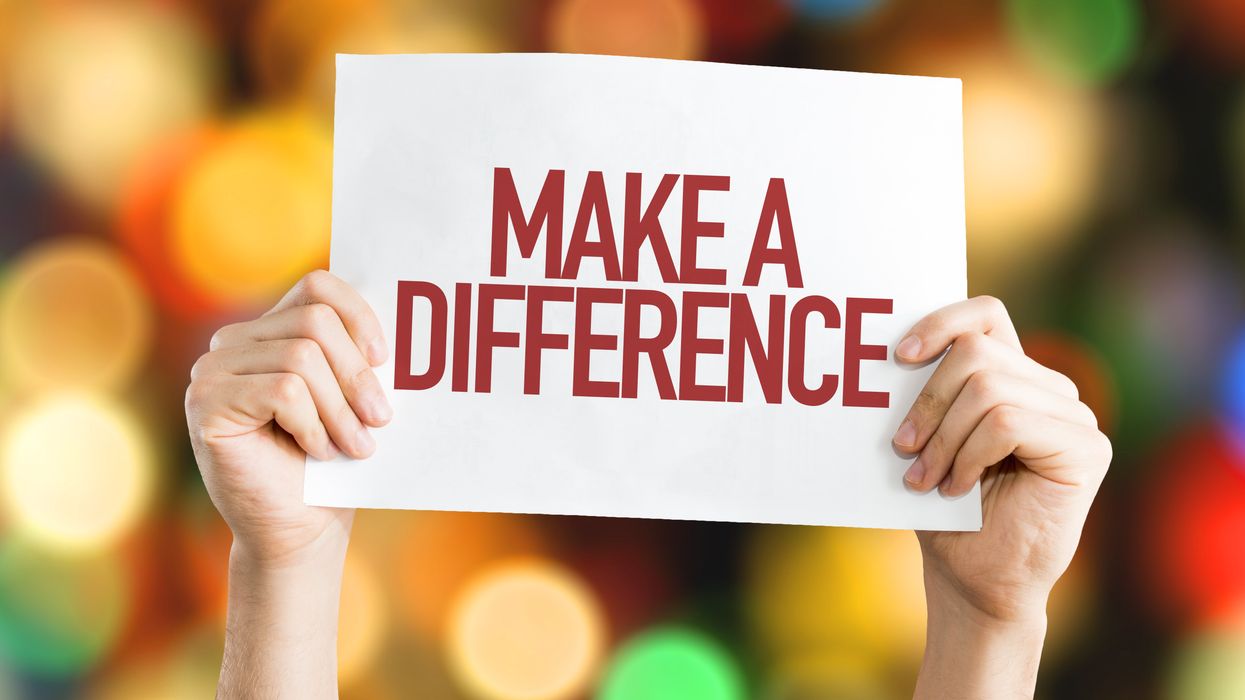Nowlin, who served on the board of the Surdna Foundation, advises family foundations as the principal of KDN Philanthropy Consulting. Riley is the executive director and secretary of the board of trustees of the Rx Foundation.
Many of us have spent our philanthropic careers devoted to making tangible change on issues — health care, climate, economic security and more — but have seen limited progress or even years of work rolled back as democracy slips. A collective commitment to supporting a community-based, multiracial democratic practice is needed to sustain it. In light of this, the grant-making community faces a big and admittedly daunting task.
Democracy is the system that creates pathways for people to act collectively, to hold leaders and institutions accountable and to fight for the change they want to see in the world. We need to think beyond tactics that yield only short-term wins, to our role in supporting communities so that they can set their own priorities, innovate on strategy and deliver on a long-term vision for change on the issues that affect their daily lives.
Fortunately, the essential work of shifting philanthropic practice toward supporting democratic systems is already well underway. A re-energized focus on community organizing is disrupting the status quo and creating the conditions for an inclusive multiracial democracy that can withstand the significant challenges of our time. The foundation of this theory is as old as humankind: the importance of relationships.
It’s the connections that people make with each other that build a sense of agency in individuals, create a feeling of collective power, and enable people to wield their power together to make life better and bring about the kind of world they want to live in.
We are part of a learning and funding collective, the Democracy & Power Innovation Fund, that is in its fifth year of learning directly alongside and from frontline community leaders and organizers. The lessons learned collaboratively from this work can help to guide philanthropy's role in bolstering the understanding, theory and practice of community power-building. In this work together, we are guided by four core beliefs:
1. Support locally led groups in building their ability to organize and wield power.
Independent, state-based groups, many with young Black or Latino leadership, are showing that change is possible through democratic practice. For example, it took more than a decade, but LUCHA in Arizona proved it can turn new and infrequent voters into long-term participants in the democratic process. Together, they have stopped anti-immigrant legislation and passed ballot initiatives to increase the minimum wage and provide sick leave, end predatory collection practices on medical debt, and provide in-state college tuition for undocumented students — wins that are making a huge difference in the lives of everyday people.
What keeps LUCHA grounded is the listening sessions the group did with 1,700 of its members. The members were not simply polled and then dismissed. They were invited to meetings at other members’ homes for food and conversation and to share stories that became LUCHA’s People First Economy agenda. Then, LUCHA invited people to actually lead the campaign work that was necessary to advance that agenda as volunteer leaders.
2. Support experimentation and learning to improve strategy and practice. Funders need to expand our understanding and use of metrics, moving away from what is easiest to count and toward co-defining what is meaningful for impact.
In evaluating civic engagement programs, some in philanthropy have borrowed the metrics of the political industry — that is, numbers of door knocks, digital impressions, headcounts at rallies and so forth. While numbers are important, a focus solely on numbers leads funders to overlook other measures that are defined and leveraged by frontline groups.
The experience of the Ohio Organizing Collaborative is a case in point. In 2016 and 2018, this independent power-building organization registered more people to vote than the state political parties. Despite this stunning accomplishment, OCC’s co-executive directors felt they were not winning actual material change for everyday Ohioans, including their young and Black constituents. They studied how organizers were spending their time and decided to redirect their energy toward bringing in more volunteers, developing the leadership of those volunteers, and deepening the relationships and the commitments members made with each other.
This experimentation allowed OOC to build the power of its membership. In the years that followed, they helped win significant victories on police reform, school funding, maternal health, child care and democracy reforms. The group continues to punch above its weight — and continues to achieve impressive numbers in reaching new and infrequent voters across the state. Relationships and friends-and-family organizing are the key: In the month leading up to the 2022 elections, one family in Cincinnati recruited more than 1,000 volunteers who made sure that more than 20,000 people were registered and voted.
3. Support unrestricted, multi-year funding that spans off-election years. Democratic systems and practices must be nurtured every year, whether a major election is coming up or not.
Many in philanthropy support civic engagement, voting rights and get-out-the-vote efforts in election years, then cease this funding in non-election years. Art Reyes III of We the People in Michigan calls this approach “building sandcastles.” He states: “Boom-and-bust funding creates transient campaigns that are not sturdy. They're not ours. And they're very easily washed away after election day.”
One example of this core belief in practice is Voces de la Frontera in Wisconsin, which builds the leadership of Latino and immigrant workers in rural areas year-round, including dairy workers, meat packing workers and other essential workers. Among other things, Voces provides worker safety trainings, citizenship and ESL classes, and trains super volunteers, known as voceros, who advocate for workers and help people who are eligible to register and vote.
By offering services and mutual aid, voceros build trust and relationships, which make it possible for folks in this community to have each other’s backs when it comes time for collective action and fighting for change. These efforts require resources year-round, particularly in off-election years when grassroots groups can place more focus on capacity-building, relational strategies, as well as rest, replenishment and well-being.
4. Be curious about the diversity of needs, values and worldviews within Black, Latino, Asian American, Pacific Islander and Native communities.
For decades, the civic engagement industry has been endlessly curious about white voters (e.g., suburban soccer moms, NASCAR dads) and their worldviews. But very little research has been done to understand people of color and the values and mindsets that drive their political engagement. Black, Latino, AAPI and Native people have been targeted to benefit the political industry for someone else’s power, rather than agents who need to be understood and engaged to support their perspectives and collective power.
Right now, state-based power-building groups are working with national researchers, including Katrina Gamble of Sojourn Strategies and Terrance Woodbury of HIT Strategies, to conduct first-of-its-kind research that is allowing them to understand Black voters and the diversity of their values and political motivations. These learnings will enable frontline groups to build data-informed programs to reach different segments or values clusters of Black voters through relational, year-round organizing, and innovations in door-to-door canvassing that include urban and rural settings.
Earlier phases of this research found a direct correlation between a Black person’s feelings of power and their level of civic engagement, including voting. As the researchers explained, “When Black people feel powerful, they vote. When they feel powerless, they don’t.” Similar values research is necessary across all communities of color, if we are serious about prioritizing multiracial democratic practice.
No sector can meet the moment our country faces alone, but no sector can shrink from its responsibility. Philanthropy has an important role to play in promoting, supporting and realizing the goal of a community-based, multiracial democratic practice. If member- and relationship-based community organizations have the resources to build and sustain a multiracial democracy, more progress can be made on the issues at the center of our philanthropic missions.


















